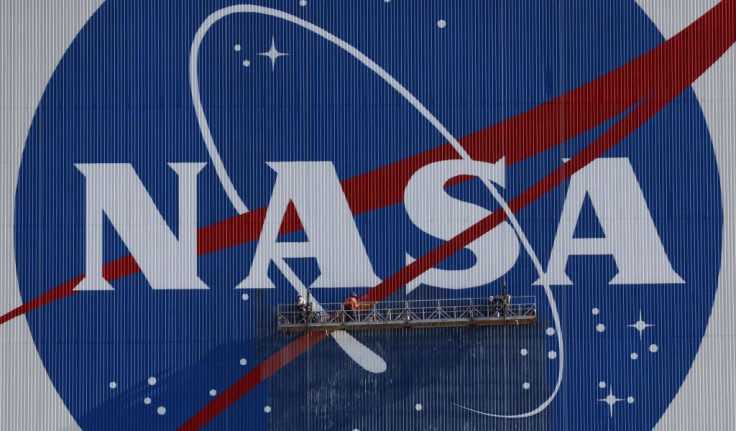
A 600-pound NASA satellite is coming toward Earth, and it is expected to land soon.
On Monday, NASA reported that after over two decades in orbit, the retired Reuven Ramaty High Energy Solar Spectroscopic Imager spacecraft (RHESSI) will reenter Earth's atmosphere on Wednesday.
Most of the satellite is expected to burn up while it makes its descent. But some of its parts have a chance of surviving, reported New York Post.
Amid uncertainty, the location of where it will hit Earth was not shared, as per USA TODAY.
But NASA said that the risk of it causing harm to "anyone on Earth is low," with odds of approximately one in 2,467.
The agency said that the Defense Department and NASA will keep an eye on the satellite's reentry to Earth and update predictions.
RHESSI, which was first launched into its low Earth orbit in 2002, has observed solar flares as well as coronal mass ejections. They have helped scientists' probe related to the physics of the sun's energy bursts.
RHESSI used its imaging spectrometer, and recorded gamma-ray images and 100,000 X-ray events. It was the first time that gamma-ray and high-energy X-ray photos of solar flares had been captured.
It was decommissioned about five years ago due to "communications difficulties." But before that, the spacecraft also helped in the discoveries related to the sun's shape and "terrestrial gamma-ray flashes." They are bursts that happen over lightning storms on our planet.
RHESSI, which weighs 660 pounds, is a relatively lightweight satellite. That's in comparison to the other satellites that have launched into or returned from orbit.
NASA's Goddard Space Flight Center in Greenbelt, Maryland managed and operated RHESSI, which was the agency's Small Explorers mission.
NASA announced in January that a 38-year-old satellite that weighs 5,600 pounds would be coming back to Earth. It was announced after the multiple instances of Chinese rocket debris that reentered the atmosphere last year.
In 2021, NASA estimated that around 27,000 pieces of space junk are floating in orbit. The danger of space junk is mostly reserved for satellites in orbit. So far, there have been no confirmed deaths or injuries as a result of free-falling space debris.
The higher the orbital debris is, the longer it will take to return to Earth, as per NASA.
© 2025 Latin Times. All rights reserved. Do not reproduce without permission.




